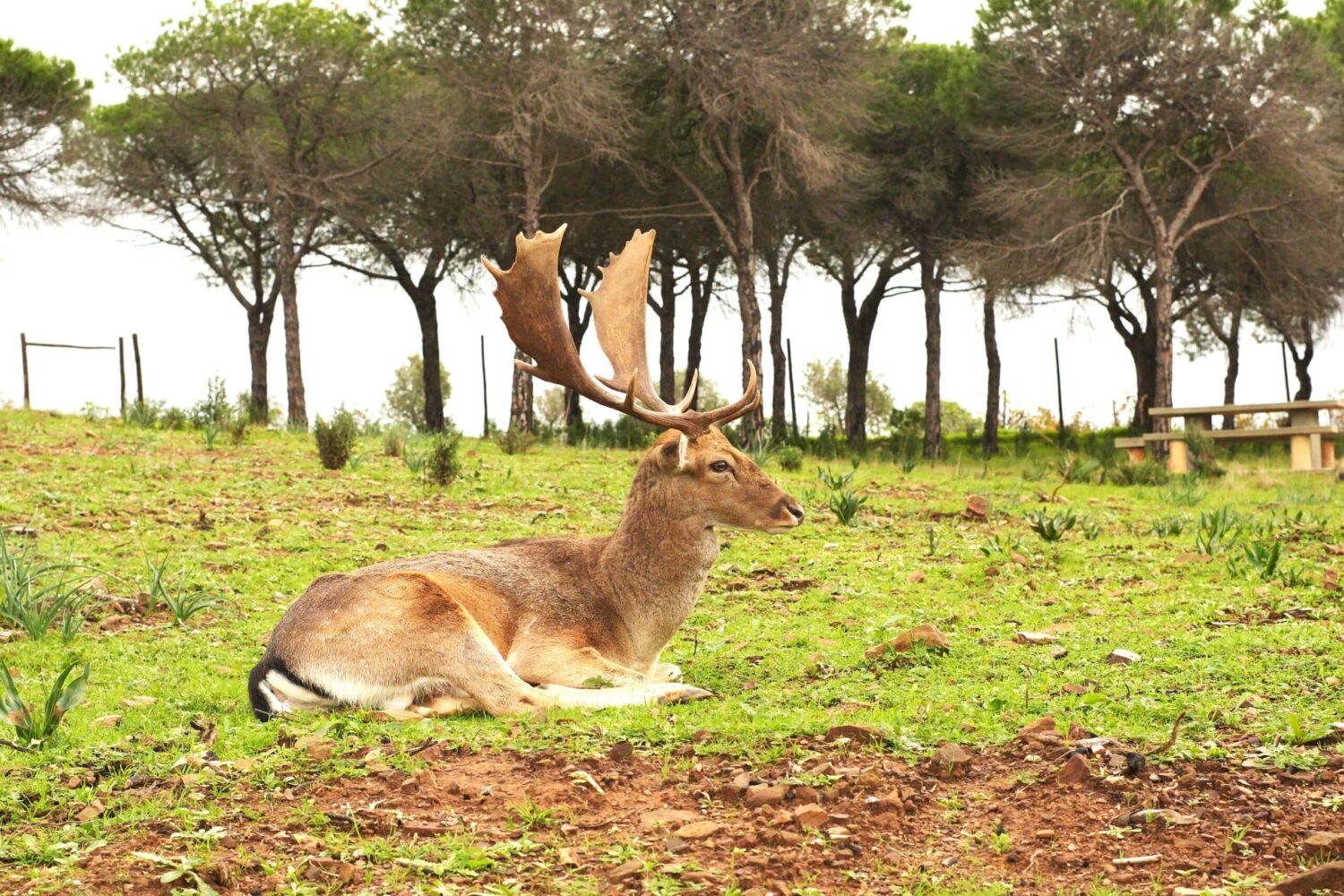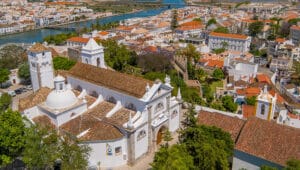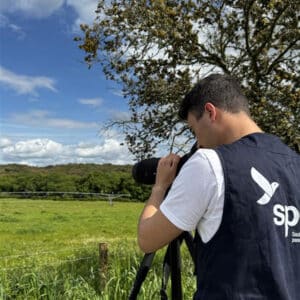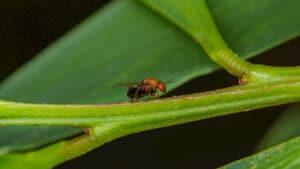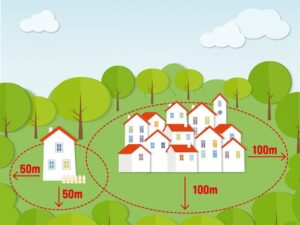Fallow deer are one of the main attractions of the Conceição de Tavira National Forest
Nestled between the mountains and the sea, the Mata da Conceição de Tavira National Forest is home to a hidden sanctuary that harbours a thriving population of fallow deer (Dama dama). These elegant creatures, often mistaken for red deer, are the heart of this 457-hectare natural haven, drawing in hundreds of visitors every year.
Arsénio Teixeira Pereira, 46, an operational assistant at Tavira municipal council, considers himself the forest’s guardian and acts as a caretaker for the fallow deer since 2019.
Originally from Alcoutim, he grew up raising livestock but never imagined he’d develop such a close relationship with fallow deer, feeding them every day and even training them to respond to a cornet call.
“The first time I blew on the cornet, they didn’t come right away, but I started feeding them right after blowing on it and they started to associate the two. Besides, they learn from each other. I don’t know if they communicate among themselves, but I can blow on the cornet from any point of the park that they will show up,” he says, adding it’s a spectacle that leaves children in awe.
Dealing with these animals is an easy task, the forest guardian states: “For me, they are not much different from goats. They spend a lot of time sleeping, especially on rainy and windy days. In the summer, they choose cooler, shaded spots, and in winter, they opt for more sheltered areas.

“They are very calm and peaceful animals, even when people are around. Sometimes they get annoyed when there are children, but then they simply move away. They are not aggressive at all and bring a lot of joy to those who visit the park.” They feed mostly on grass, leaves, and tree bark, though António has seen them “eat anything: bread, roasted meat, and even chips”.
While everyone is welcome to visit the park and see the fallow deer, António says visitors must not forget “they are wild animals. They are not pets. They can’t be kept in a cage, and this is not a circus. The animals don’t do everything we want them to. And, above all, we are in their home”.

Beyond the fallow deer, the forest is teeming with life, from wild boars, foxes, rabbits and hares to birds, reptiles, and amphibians. Even the tranquil lagoon shelters frogs, turtles, and snakes.
Aside from caring and keeping an eye on all these animals, his responsibilities also include maintaining the entire space, collecting litter, doing masonry and painting work, opening and closing the gates, informing visitors of the rules, and fixing “what isn’t working”.
His hard work is praised and acknowledged by Tavira mayor Ana Paula Martins, who describes him as a “multifaceted man”.

As for the origins of the fallow deer in this serene corner of the municipality, the local mayor couldn’t pinpoint exact dates but shared the story behind their arrival.
“Initially, we were asked by someone to shelter a fallow deer that had come from another place, and we agreed. Sometime later, a councillor who was overseeing the Environment (department) at the time decided to bring in a female. They bred, and that’s how the population we have today came to be. At first, the deer were much wilder.
“Now, when people come for picnics, the deer approach to see if they can find food. We occasionally get complaints about how close they get. The reality is the deer have become accustomed to the presence of visitors over time. It’s evolved into a kind of coexistence,” she explains.
Lingering wildfire consequences
In August 2021, a massive wildfire started in Castro Marim, affecting 2,951 hectares, including 257 hectares of the Mata da Conceição de Tavira forest area. The park’s 40 hectares were affected, and it remained closed until June 2024. Despite the destruction, all animals survived. Many park facilities, like the kiosk and picnic tables, were destroyed, leaving a lasting impact on the mayor, who describes it as a “traumatic” event.
Since then, significant work has been done, including rebuilding infrastructure, installing a new playground, adding shaded picnic areas, improving signage, and creating new walking trails. The mayor also plans to replant trees around the lagoon and improve conditions for wildlife.
Efforts to limit overcrowding while enhancing visitor experiences, particularly with pedestrian routes, are ongoing. The post-fire investment is close to €150,000, with future plans aimed at boosting nature tourism.

Meanwhile, a reforestation process is ongoing. A forestation plan was open for public consultation until November 19, 2024, by the Institute for Nature Conservation and Forests (ICNF). The mayor explains that both the ICNF and the municipality had proposed plans. Previous efforts, after the 2004 fire, involved planting fast-growing species like acacias, eucalyptus, and stone pines, but acacia is invasive, so the plan is being reviewed.
Given the region’s water scarcity, intensive reforestation without irrigation could lead to tree mortality, the mayor explains. Therefore, a drip irrigation system is being set up in partnership with the ICNF. The focus is on planting species better suited to the Algarve’s climate, such as cork oaks and strawberry trees.
In response to the 2021 fire, Tavira has invested nearly €1 million in land cleaning and fire prevention measures, including creating water ponds for firefighting. The municipality is also working with hunting clubs to maintain grazing areas and promote land management practices.
Text: MARIA SIMIRIS
Photos: JOÃO LÁZARO

